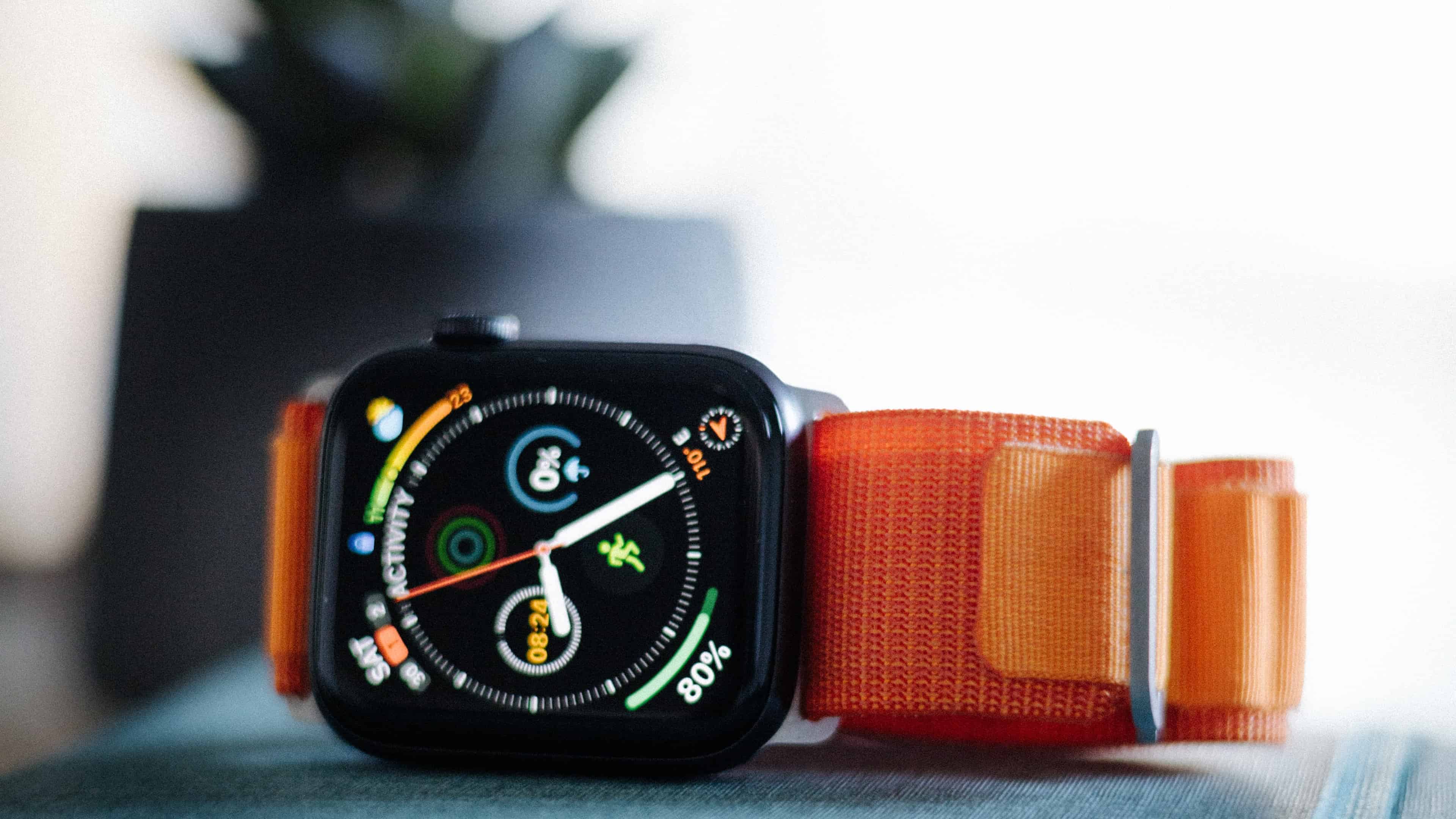The next Apple Watch could expand health tracking with the ability to detect blood pressure and sleep apnea, starting with 2024 models.

The first version of hypertension detection is said to only detect blood pressure changes and offer a journal for the user to “jot down what was happening when hypertension occurred.” A future version would provide precise blood pressure measurements, but it remains “far off,” according to a new report from Bloomberg.
The Apple Watch could detect blood pressure and sleep apnea in 2024
As for sleep apnea detection, this feature is though to rely on machine learning to analyze sleep and breathing patterns to estimate whether someone has the condition. CEO Tim Cook has underscored that his company’s work on improving human health could easily be its “greatest contribution to mankind.”
Apple’s efforts have helped bring health tracking into the mainstream. It has an enticing road map for 2024, including hypertension and sleep apnea detection for the watch and hearing aid capabilities for AirPods. There are plans to turn its forthcoming Vision Pro headset into a health and fitness device, too. And work continues on a paid health coach service that uses artificial intelligence.
Gurman reported earlier that blood pressure monitoring was delayed until 2024. Meanwhile, Apple’s work on a no-prick glucose sensor continues.
Apple’s work on a non-invasive glucose sensor
From the Bloomberg piece:
In 2011, a startup called Avolonte Health set up shop in a small office park in Palo Alto, California. The company operated out of a bland, two-story building bristling with security cameras. Engineers interviewing for jobs there weren’t even told what they’d be working on. Once new hires made their way into the lab, however, they learned that they would be trying to revolutionize diabetes care.
The company initially wanted to include a blood glucose sensor in the original Apple Watch, but this potentially life-changing technology for diabetics wasn’t there yet—and still isn’t.
And:
Avolonte wasn’t just any health-care company. It was a project of Apple and its mission came directly from Steve Jobs. Apple’s co-founder and then-chief executive officer, ill with the pancreatic cancer that would take his life near the end of that year, had tasked a group of his key executives to develop a noninvasive blood sugar monitor.
There are no guarantees such a sensor will work reliably, but Apple’s not giving up, spending “in the high tens of millions of dollars” per year on the glucose sensor. The project is now led by Exploratory Design Group (XDG) within Apple’s chip design division, but the elusive sensor isn’t expected to launch “for at least a few years.”
An opportunity to help people
Gurman talked with Bob Mansfield, an important former executive at Apple charged with leading the company’s hardware engineering and technologies groups.
Mansfield said:
Health is a world of opportunity to help people. The Apple Watch’s ability to play a key role in health was one of the things that excited us most about building it in the first place. Compared to today, the earliest technologies built in weren’t very good. It is exciting for me to see how this idea has and continues to develop.
Jony Ive designed blood pressure cuffs
Gurman mentions in his report some of the health projects that Apple killed over the years, including a Jony Ive-designed blood pressure cuffs:
Other key projects were nixed during development. Apple investigated building a nutrition tracker into its Health app and looked into selling a suite of peripherals for the Apple Watch, including a bathroom scale and an Ive-designed blood pressure cuff that didn’t need to inflate.
Apple also toyed with embedding health sensors into watch bands:
The company prototyped watch straps with sensors that gather data from the underside of the wrist and researched both a bed-mounted sleep tracker and a nightstand device with sensors to monitor users overnight before pushing the technology into the watch itself.
Then, there was Project Fennel, another initiative that Apple discontinued.
Making the Apple Watch compatible with Android
Project Fennel was supposed to make the Apple Watch, along with the Health app, compatible with the Android platform. Ultimately, executives killed the initiative over business concerns. “If you gave up the watch to Android, you would dilute the value of the watch to the iPhone,” a source said.
I also found this interesting:
The distinction between health and health care defines much of what Apple will be doing for the foreseeable future. Early considerations for the virtual health and fitness coach include the ability to generate eating, sleeping and exercise recommendations from data collected from Apple devices, according to people with knowledge of its development.
And this:
There are concepts, too, for tapping into device cameras to track and correct users’ form while they’re exercising, similar to a feature offered on Peloton Interactive Inc.’s TV-connected workout device. If all goes according to plan, AirPods by next year will be able to function as an over-the-counter hearing aid and be able to perform the hearing tests typically administered in audiologists’ offices.
There’s no doubt Apple has made significant inroads in the health vertical following the launch of the original Apple Watch in 2014.
The wearable device is now packed with health sensors for fertility planning, measuring heart rate pulses, performing electrocardiograms, determining blood oxygen levels, and more. The Health app has become a one-stop shop for users’ health and fitness stats and now supports importing hospital records.